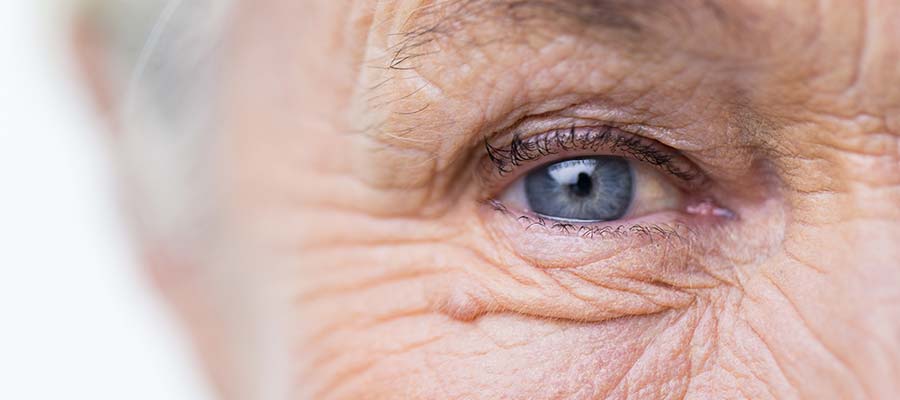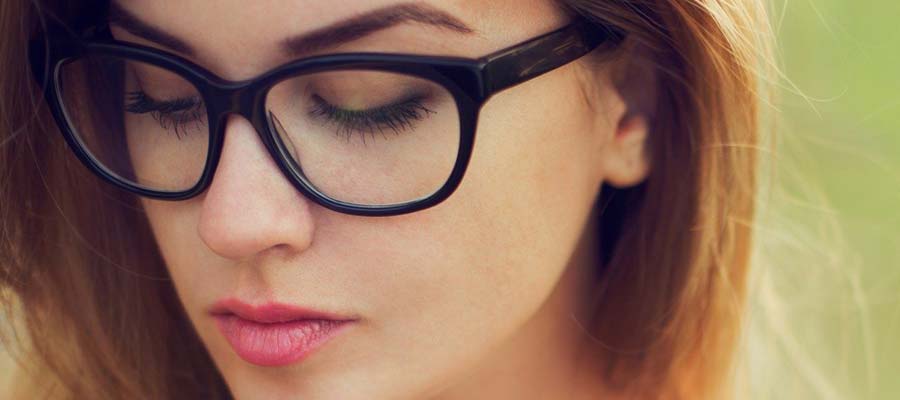We all know that annoying feeling of having something in your eyes. But if there is nothing in there, yet you still have red, itchy and irritated eyes, then you might have an allergy. The symptoms of an eye allergy include:
- red eyes
- itches
- burning eyes
- sneezing
- a stuffy or a runny nose
- watery eyes (tears)
- swollen eyelids
What Causes Eye Allergies?
It is estimated that in the United States around 50 million people have seasonal allergies. The substances that are causing these reactions are called allergens. There are a wide variety of triggers, including:
- outdoor allergens: pollen
- indoor allergens: pet dander, dust, and mold
- irritants: perfume, cigarette smoke or diesel exhaust
- chemicals: some cosmetic products or eye drops
Allergies to certain foods or to bee stings do not usually affect the eyes as much as the above-mentioned triggers.
How They Develop
An allergy appears when the immune system overreacts to a stimulus that usually doesn’t do any harm to most people. When the allergen gets in contact with the eyes, it releases histamine and other chemicals that cause very small blood vessels to leak. The eyes then become red, watery and itchy.
An eye allergy has the same symptoms as some other eye diseases, so that’s why it is very important to get a good diagnosis right from the start. See your doctor as soon as possible and he might suggest visiting an allergist. This doctor will perform various tests that will reveal the exact cause of your allergy.
Step 1: Prevention
An old saying states that “an ounce of prevention is worth a pound of cure”. So the first and most important step in treating such an allergy would be to avoid the allergens in the first place.
During periods when pollen is high, try to stay indoors as much as possible. Also turn on the air conditioner in order to filter the air. Make sure that the filters on the device are of high quality and replace them regularly.
When outside, wear glasses (or sunglasses) in order to prevent pollen from reaching your eyes. Also, make sure that the pollen filter in your car is clean and changed frequently, and that you drive with your windows closed.
In case you are wearing contact lenses, try to remove them during this period and wear glasses instead. This is because lenses can attract and accumulate allergens. You can also choose to wear disposable contact lenses that are only used once, thus not allowing allergens to build up.
If you also have a sensitivity to strong light and it’s causing your allergic reactions, you can wear glasses that have photochromic lenses. They change color and adapt according to the intensity of the light, thus protecting your eyes.
In case of allergy to dust mites, it’s recommended to use mite-proof bed covers and for mold allergies to definitely avoid rooms that have it. Get rid of the mold as soon as it starts to appear, and use a dehumidifier to prevent it from developing again.
For pet dander allergies avoid getting in contact with the animals that are causing the allergy (usually cats) and wash your hands after petting an animal. In case of allergies to certain chemicals, try to avoid them as much as possible.
Step 2: Over-the-counter eye drops
Since allergies are so common all over the world, there are a wide variety of products available in drug stores (artificial tears, decongestants, oral antihistamines, and others). Their goal is to reduce the redness of the eyes and to decrease itchiness and watery eyes.
They reduce the symptoms, but they do not cure the allergy itself. They can work great for allergies that are not severe and can be less expensive than prescription medication. But be aware that you can’t use them for a longer period of time, and some of them may have negative effects.
Step 3: Prescription medication
But in case the allergy is more serious and over-the-counter products don’t work, you need to see a doctor and he will prescribe various medication. This may include one or more of the following: corticosteroids, antihistamine products, decongestants, NSAID, allergy shots, eye drops or mast cell stabilizers.
The SAC (Seasonal Allergic Conjunctivitis)
This is by far the most common one and it mostly happens during spring, summer or fall, when pollens are abundant in the air. People get the common symptoms mentioned above (red and burning eyes, itching and tears, a runny nose, sneezing etc.), and those with the chronic disease also have dark circles under their eyes.
For some people the itching is so bothering that they rub their eyes, causing even more harm. There is also the PAC (the perennial allergic conjunctivitis), which has the same symptoms but can happen all year round to people that are not allergic to pollen, but they are to dust mites, mold or pet dander.
The Vernal Keratoconjunctivitis
This is more severe than the SAC, and can happen year round, usually to boys and young men. Most patients also have eczema or asthma. Symptoms include itching, heavy tearing and mucus, photophobia and feeling like there is something in your eyes. It needs to be treated, otherwise it can cause the loss of eye sight.
The Atopic Keratoconjunctivitis
It has similar symptoms to the previously mentioned type and it usually affects older men with allergic dermatitis. It can also cause serious health issues if left untreated.
The Contact Allergic Conjunctivitis
As the name implies, it happens because of an allergic reaction to the contact lenses or to the proteins that bind to their surface. The symptoms are similar to the previous types, plus a discomfort when wearing the lenses.
The Giant Papillary Conjunctivitis
This type is also caused by wearing contact lenses, but it’s a more severe form. In this case, fluid sacs are formed in the upper lining of the eyelid and can cause serious discomfort, itching, tearing and also a blurred vision.
The person cannot stand wearing the lenses and has the feeling of a foreign body in the eye. The eye lids appear as puffy and mucous discharges may also form.
We hope you learned something new today, or maybe have an idea of what it is that is causing those pesky itchy eyes. Please seek medical care if your symptoms worsen or do not resolve with common treatments.


